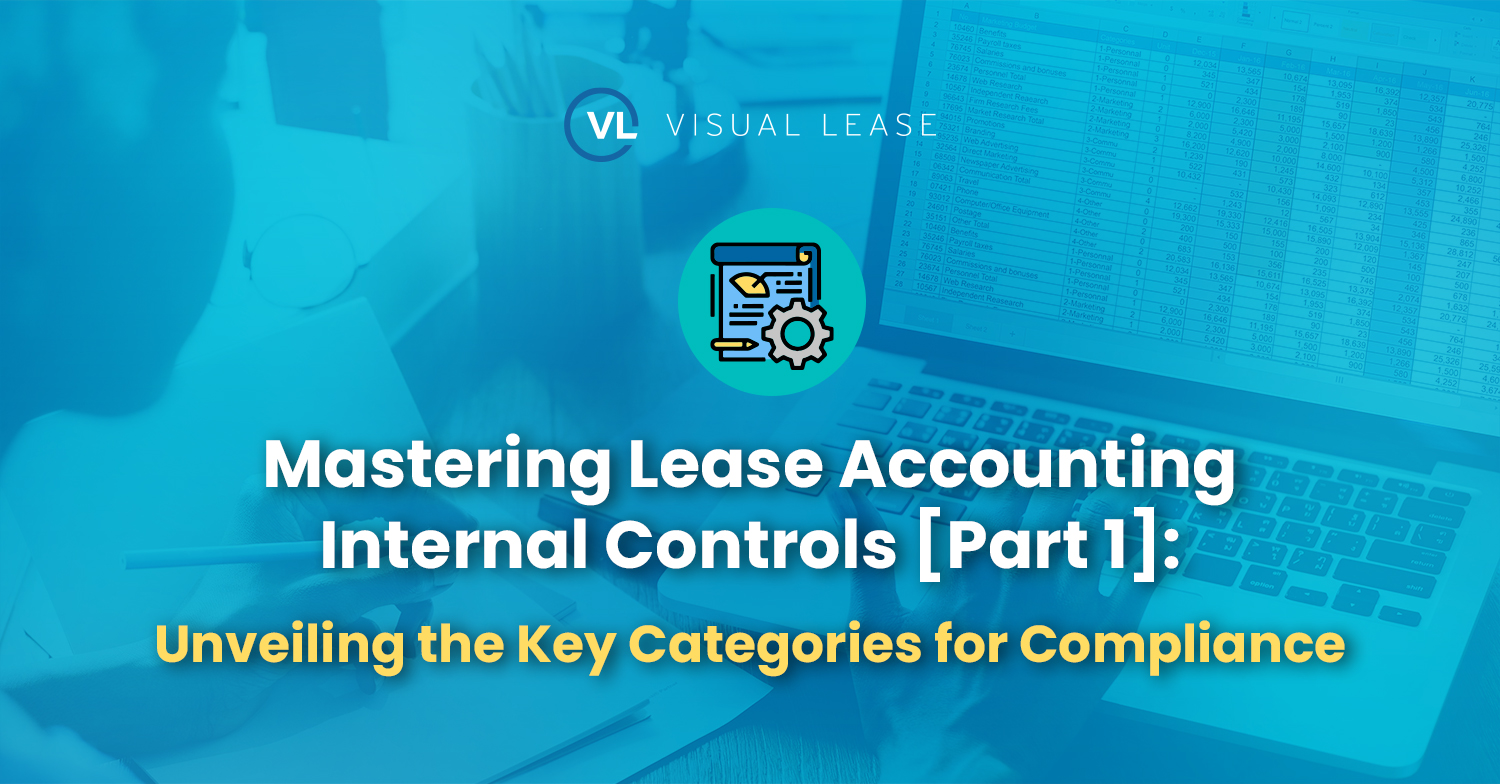
This is part I of our Mastering Lease Accounting Compliance series. If you’re looking for part II, you can read it here.
Lease accounting standards such as ASC842 and IFRS16 have significantly changed companies’ financial reporting requirements. These standards require companies to be more diligent in their financial reporting and lease management processes. The implementation of these standards requires a series of controls to ensure accuracy and compliance.
Key Categories for Lease Accounting Internal Controls
Lease accounting internal controls fall into four main categories: Transition-related Controls, Financial Reporting Controls, Activity-related Controls, and IT General Controls.
Transition-related controls
are short-term controls that focus on the transition period when implementing the new lease accounting standards. These controls include ensuring accurate lease listings during the transition, appropriate documentation, and other related processes. It is important not to lose track of these controls, as some of them have ongoing relevance even after the transition period. Some of these controls may become relevant again when companies move across the technology maturity spectrum.
Financial Reporting Controls
are critical to ensuring that companies comply with the new lease accounting standards. These controls include familiar checklists for disclosure and IFRS16 reporting and existing internal controls for financial reporting. In addition, lease-specific controls such as reconciling lease disclosures with related system reports are essential to ensure accuracy in financial reporting.
Activity-related controls
refer to controls around lease management processes such as lease modifications, lease terminations, and lease renewals. These controls include ensuring that there are appropriate approvals in place for these processes and that lease modifications and renewals are reflected accurately in the company’s financial statements. Activity-related controls also include lease classification reviews, which ensure that leases are classified correctly as operating or finance leases. This is important because it affects the way leases are recorded in the company’s financial statements.
IT General Controls
are controls that ensure the integrity of the company’s IT systems, data, and processes. These controls include ensuring appropriate access controls, data backups, and data security. IT General Controls are particularly important for lease accounting standards as they involve significant data and calculations.
Learn More about Lease Accounting Internal Controls
To learn more about lease accounting internal controls – including the top seven control activities and how technology can help with lease accounting, check out part II of this blog. If you’re looking for reliable lease controls and audit-ready financial reports, learn more about Visual Lease’s Lease Accounting Solution.























